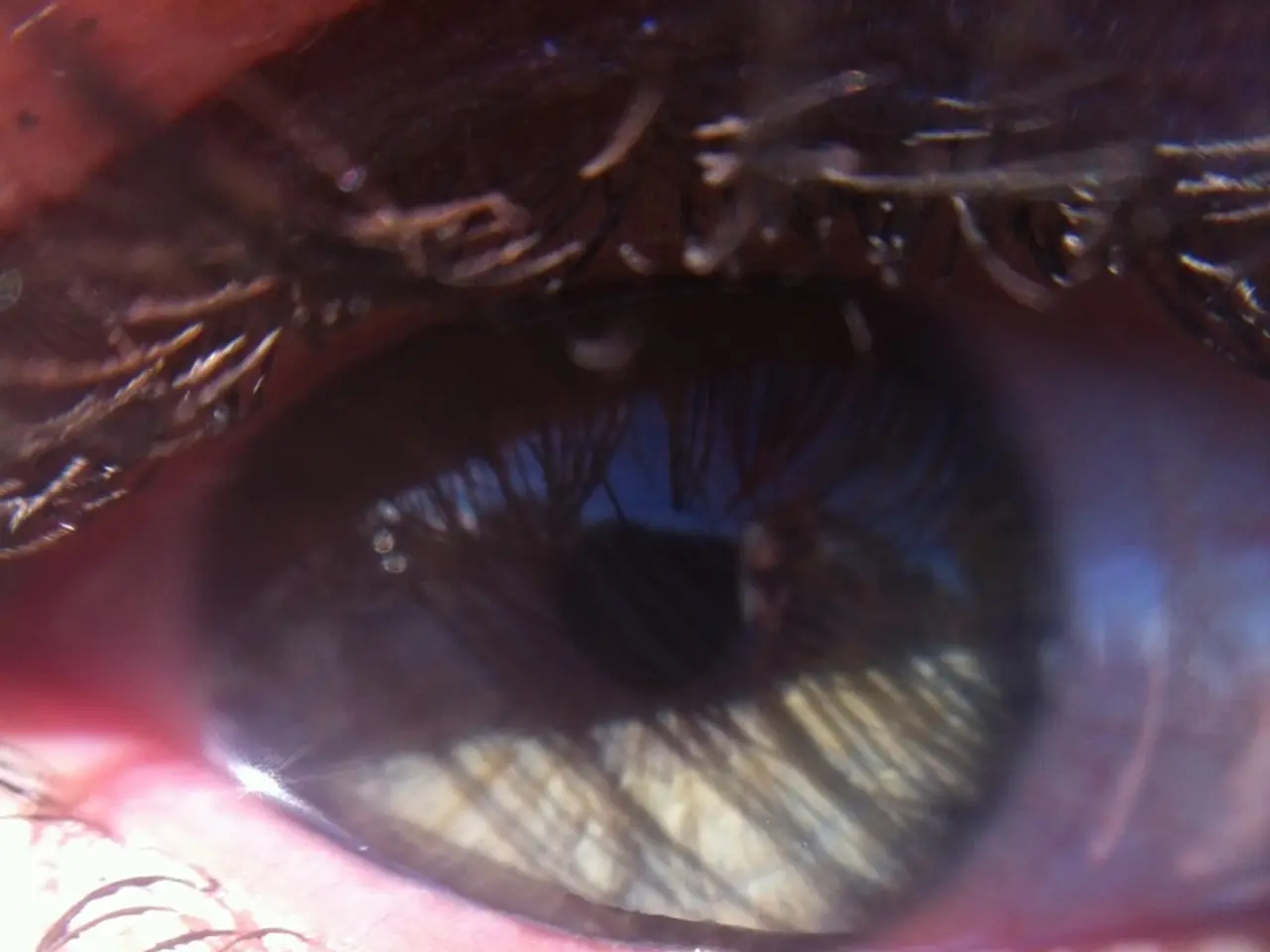Eye Inflammation: Triggers, signs, and remedies
Episcleritis is a common condition that affects the thin layer of tissue called the episclera, located between the sclera (the white part of the eye) and the conjunctiva (the clear membrane that covers the white part of the eye and inner surface of the eyelid). This inflammation can cause the eye to appear red and irritated.
Common Causes and Risk Factors
Episcleritis is often associated with various factors, some of which include:
- Autoimmune Diseases: Episcleritis is frequently linked to systemic autoimmune conditions such as rheumatoid arthritis, systemic lupus erythematosus (SLE), and other connective tissue disorders. Women are at a slightly higher risk due to the higher prevalence of autoimmune diseases among females.
- Infections: Although less common, infections can trigger inflammation in the episcleral tissue. Infectious causes may require different treatment compared to immune-mediated episcleritis.
- Smoking and Poor General Health: These factors can worsen inflammation and contribute to the risk of episcleritis or scleritis.
- Environmental Factors: Exposure to ultraviolet light, chronic dryness, and harsh environmental conditions (e.g., hot, dusty environments) can contribute to ocular surface irritation and may predispose to episcleral inflammation.
- Idiopathic Origin: In many cases, no clear underlying systemic or local cause is found, and episcleritis is considered idiopathic.
Diagnosis and Symptoms
Diagnosing episcleritis involves a slit lamp eye examination, where a person is asked to sit in a chair and keep their head steady while a doctor focuses a narrow, high-intensity beam of light on the eye to examine it. A slit lamp is a microscope that uses a bright light for close examination of the eye structures.
The symptoms of episcleritis may include redness, pain, sensitivity to light, tenderness, and watering of the eye. In some cases, the symptoms may be mild and require no treatment. However, if pain worsens or a person suspects scleritis (a deeper and more severe inflammation of the scleral tissue), it is advisable to contact a doctor.
Treatment and Prevention
Treatment options for episcleritis may include artificial tear eye drops, corticosteroid eye drops, nonsteroidal anti-inflammatory drugs, treating an underlying inflammatory condition, or a combination of these. In many cases, treatment may not be necessary for episcleritis as the inflammation usually improves within about 14 days.
Possible risk factors for episcleritis may include being tired, reading or working for long periods on computers, and being in a dry, dusty environment. While these factors do not directly cause episcleritis, they may contribute to the discomfort and irritation of the eye.
It's important to note that episcleritis is different from scleritis and conjunctivitis, as each condition describes inflammation of a different layer of the eye. While the symptoms of episcleritis are typically less severe than those of scleritis, treatment for scleritis may involve oral steroids and immunosuppressive drug therapy due to its deeper and more serious nature.
In summary, episcleritis is commonly linked to autoimmune conditions, smoking, environmental irritants, and sometimes infections, with a predilection in women and people in their 30s and 40s. Understanding the causes and symptoms of episcleritis can help individuals seek appropriate treatment and care when necessary.
- In workplace-wellness programs, emphasizing good eye-health and skin-care, as well as mental-health, could help prevent episcleritis and other eye-related conditions.
- The medical-conditions associated with episcleritis, like autoimmune diseases, could be managed better through proper nutrition and fitness-and-exercise, thus reducing the risk of ocular inflammation.
- Therapies-and-treatments for episcleritis typically involve the use of corticosteroid eye drops and artificial tear eye drops, but addressing underlying conditions such as autoimmune diseases may require more extensive medical interventions.
- Puffy eyes and redness could be symptoms of not just episcleritis, but also mental-health issues like stress or anxiety; therefore, comprehensive health-and-wellness approaches should consider both physical and mental well-being.
- Implementing good skin-care routines, especially in hot, dusty environments, may help prevent the environmental factors contributing to episcleritis and other ocular surface irritations.
- Regular breaks, eye exercises, and proper lighting at the workplace might help alleviate the discomfort of working on computers for long periods, thus potentially reducing the risk of developing puffy eyes or episcleritis.




